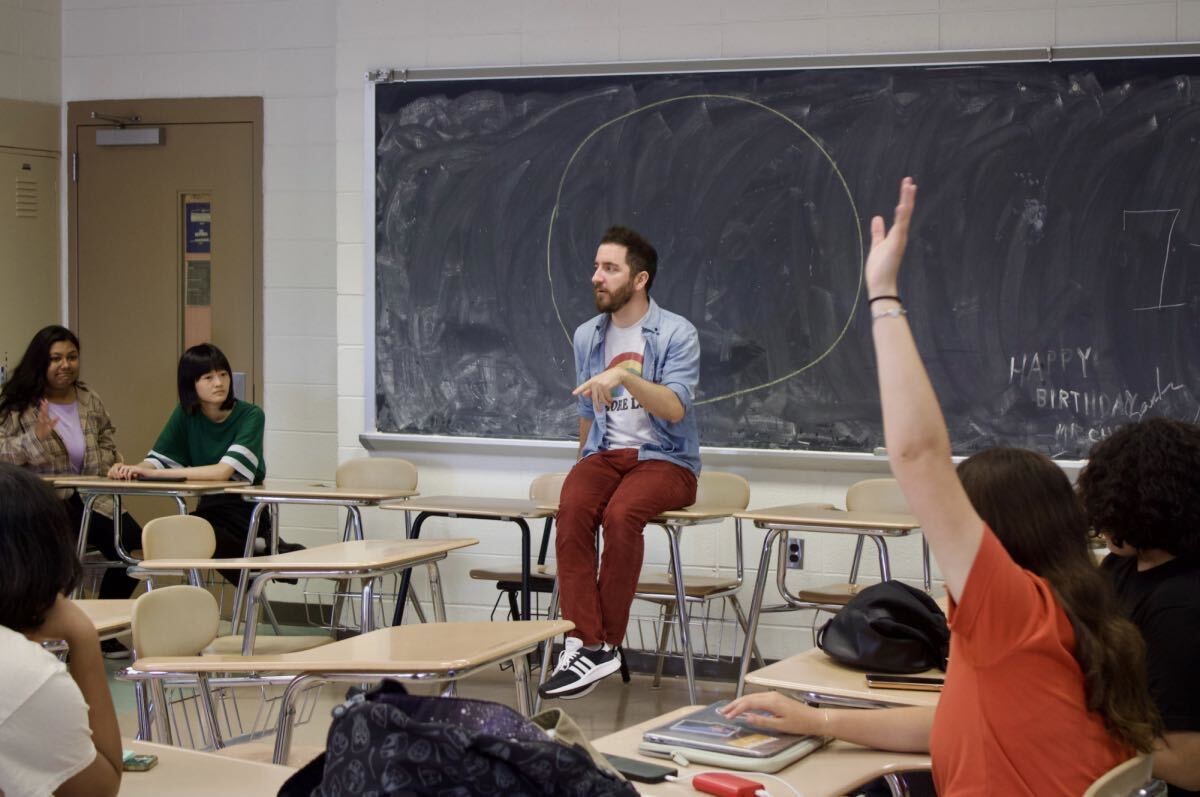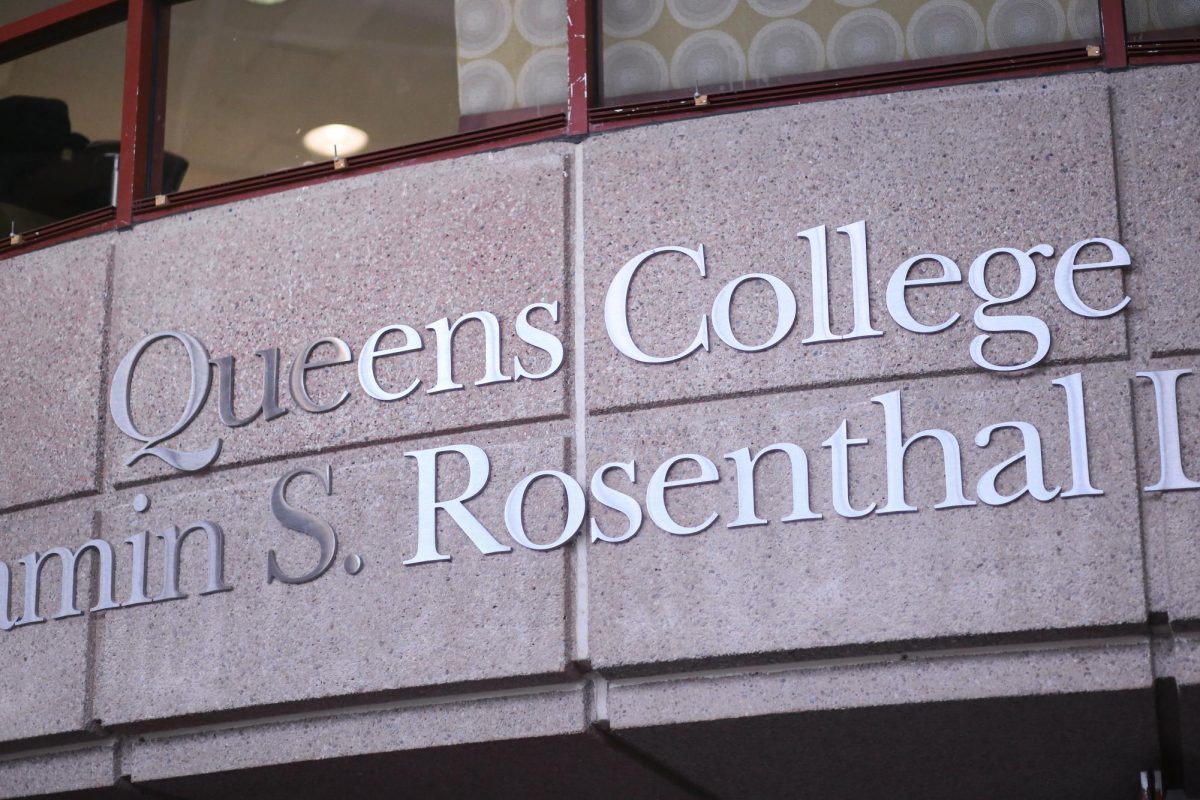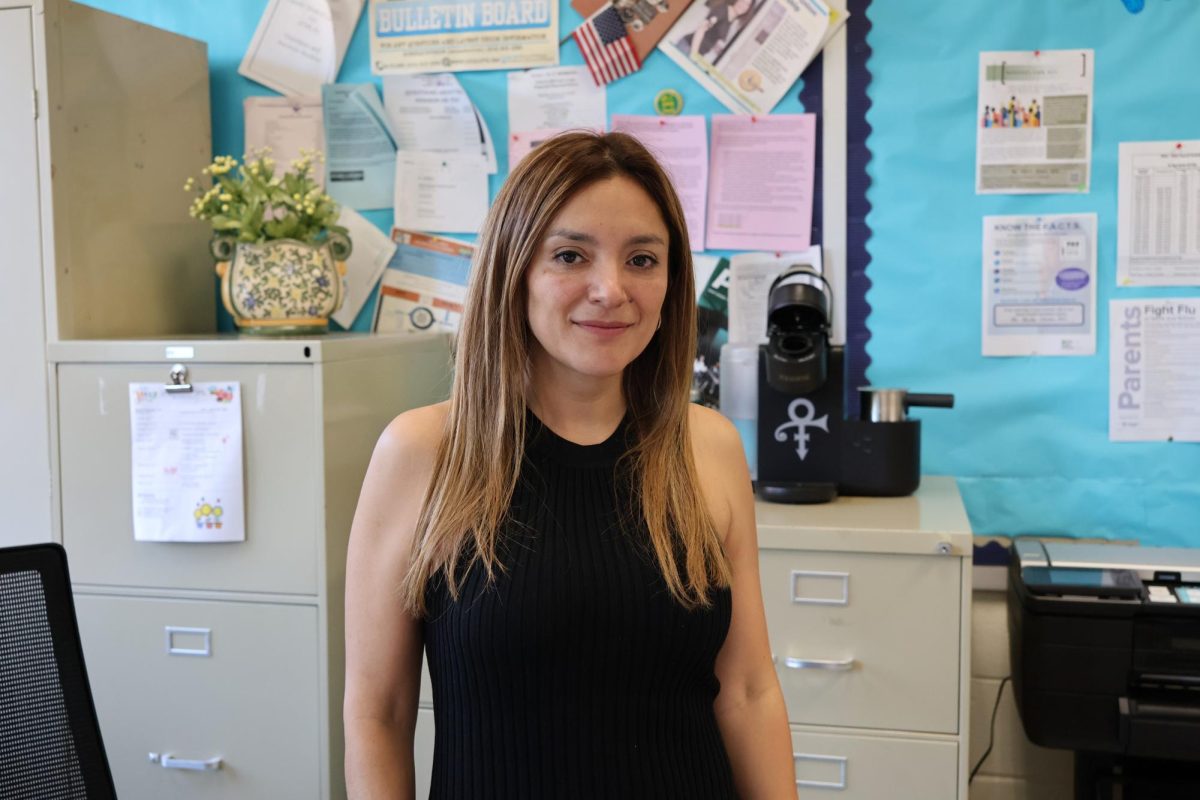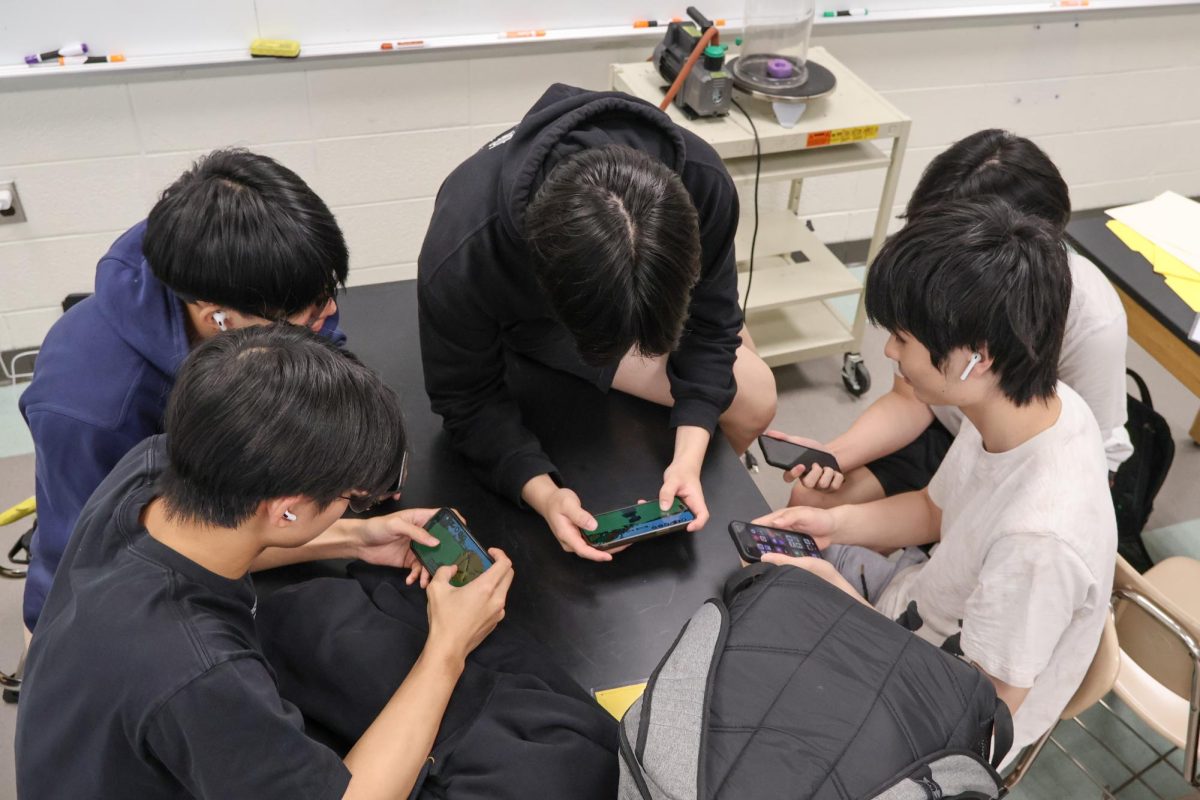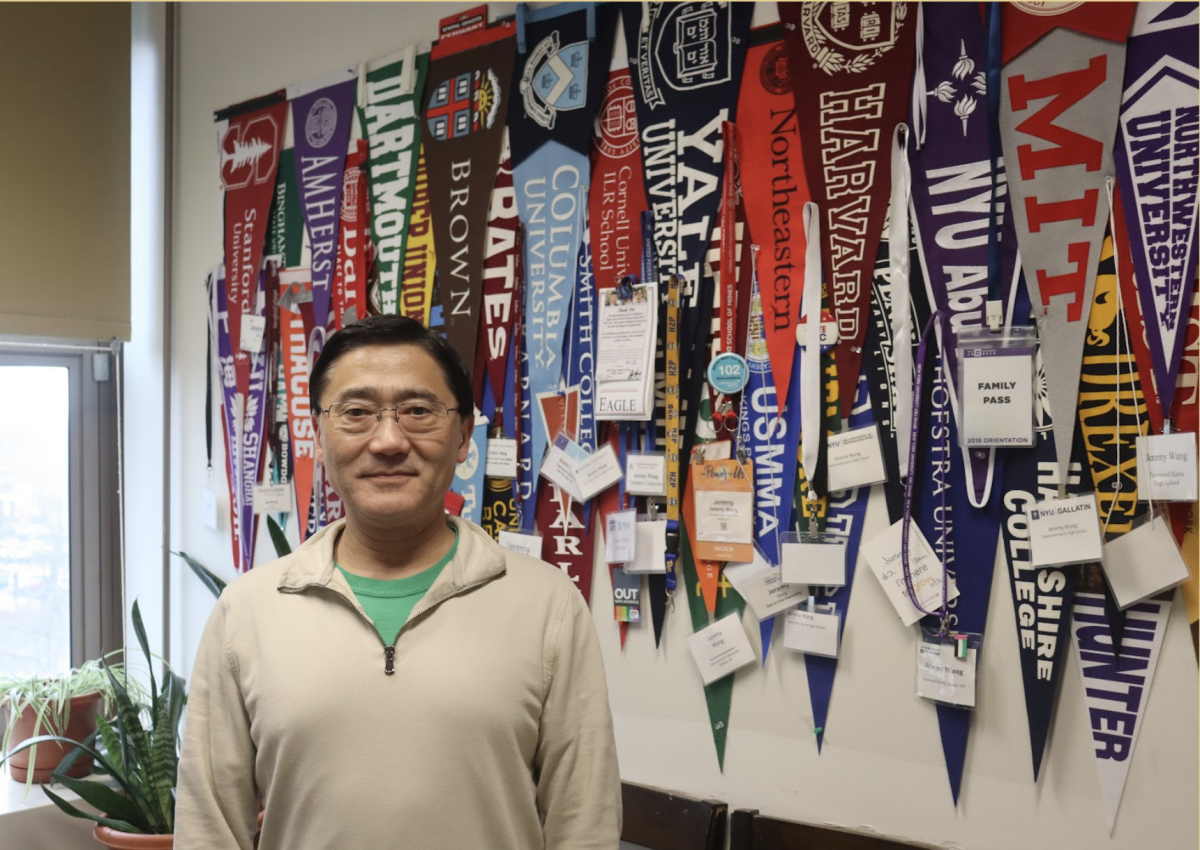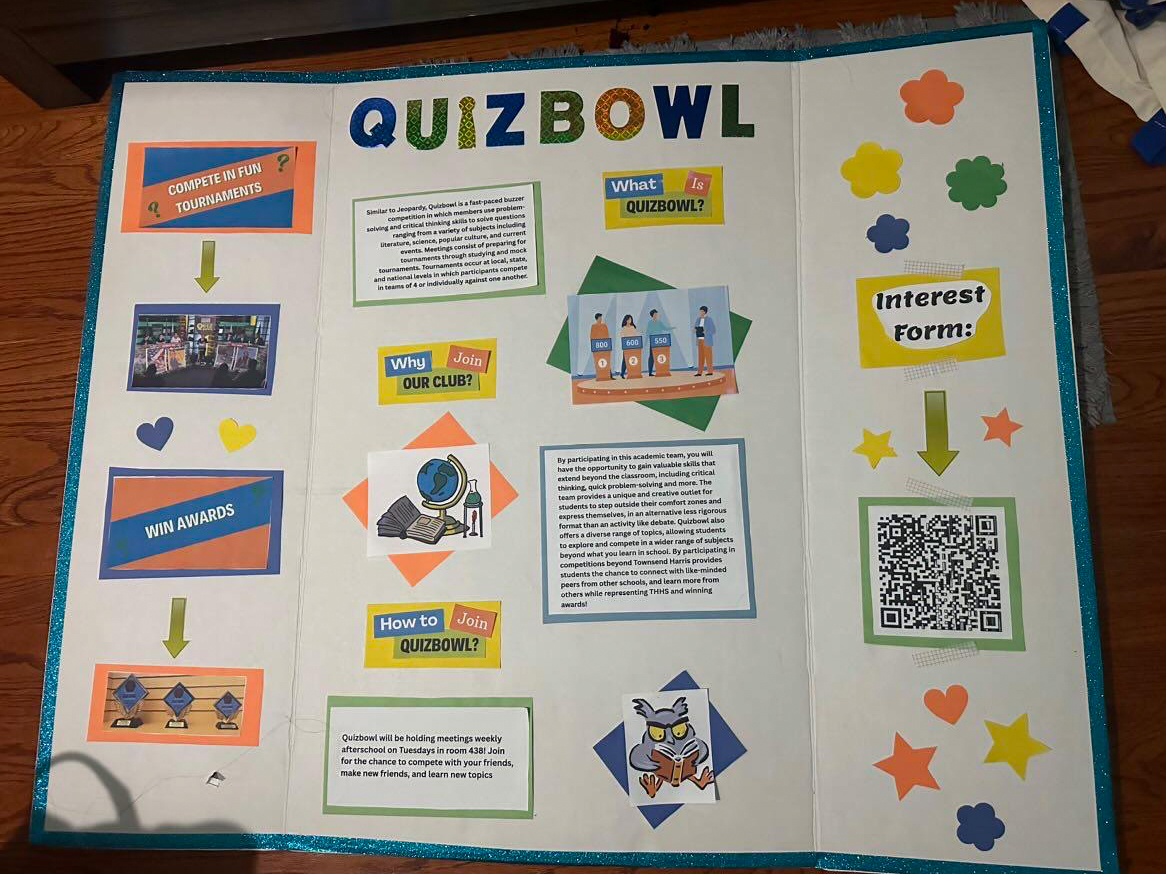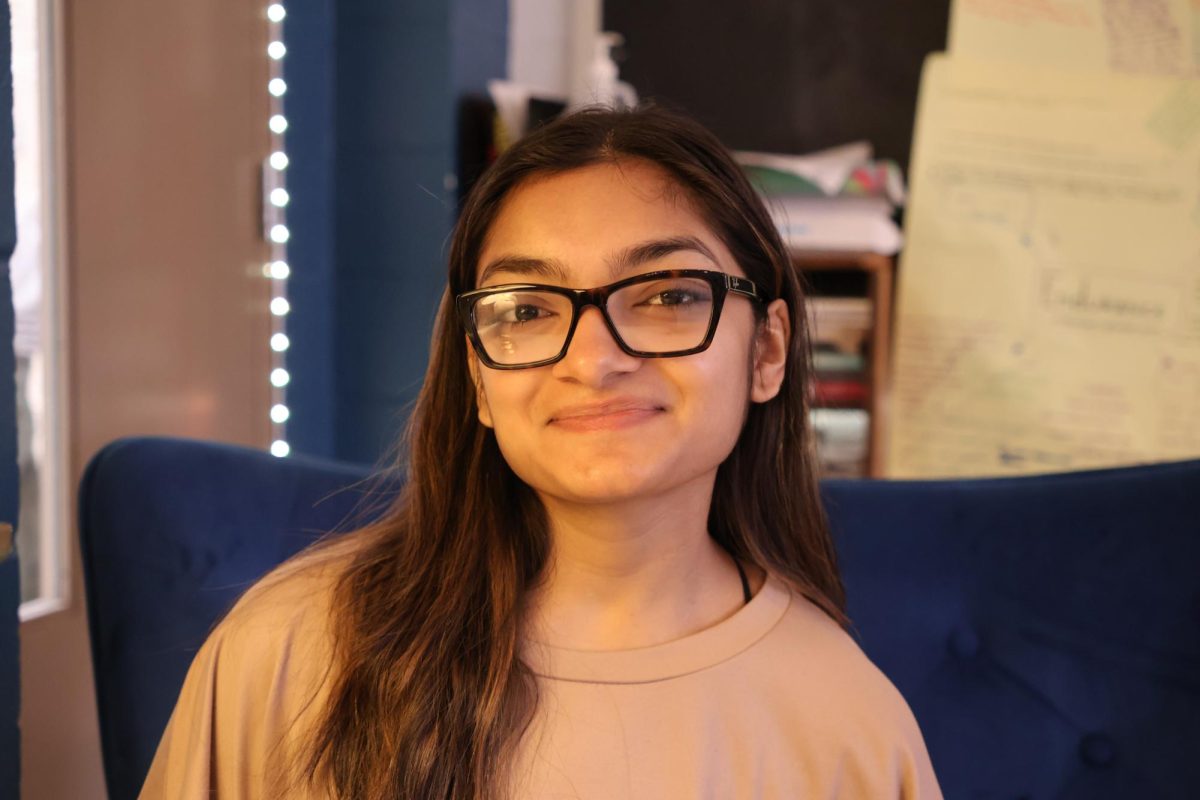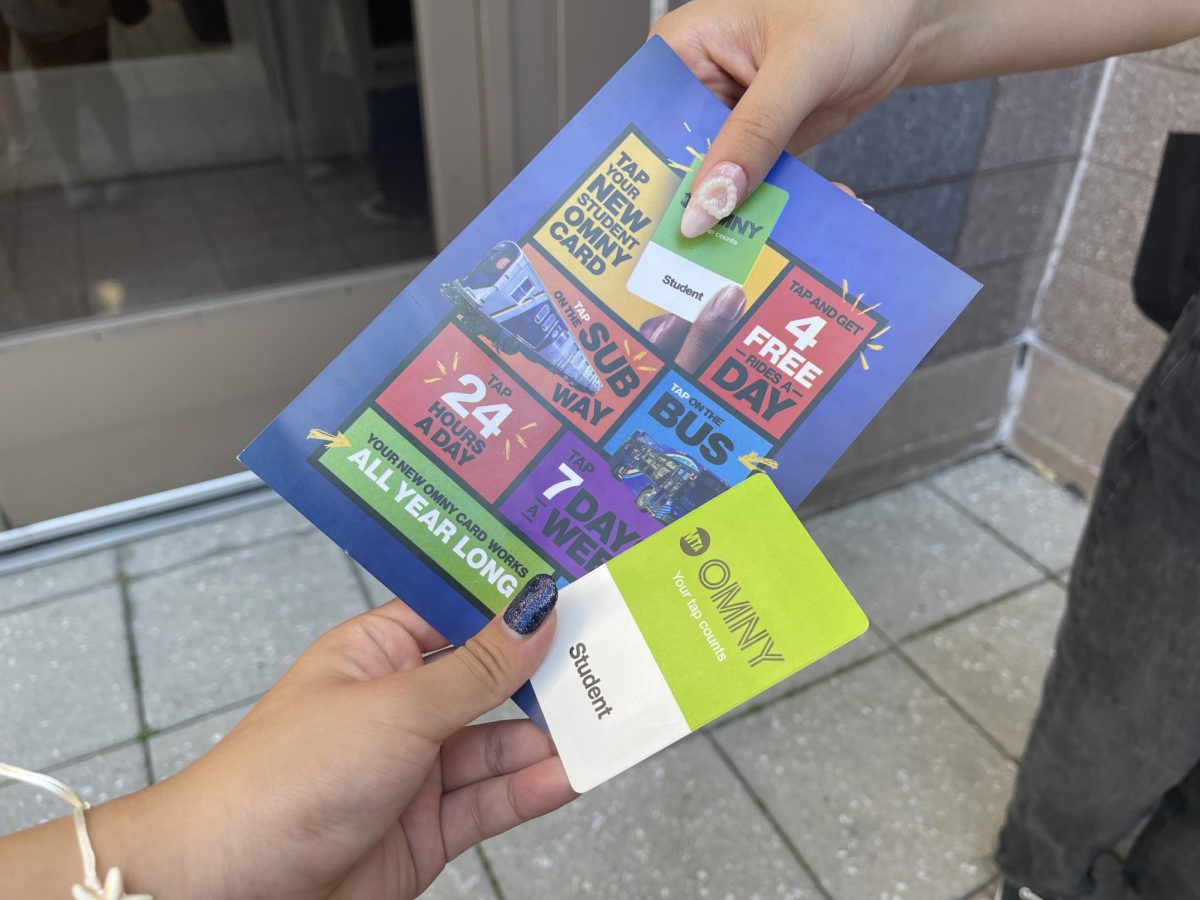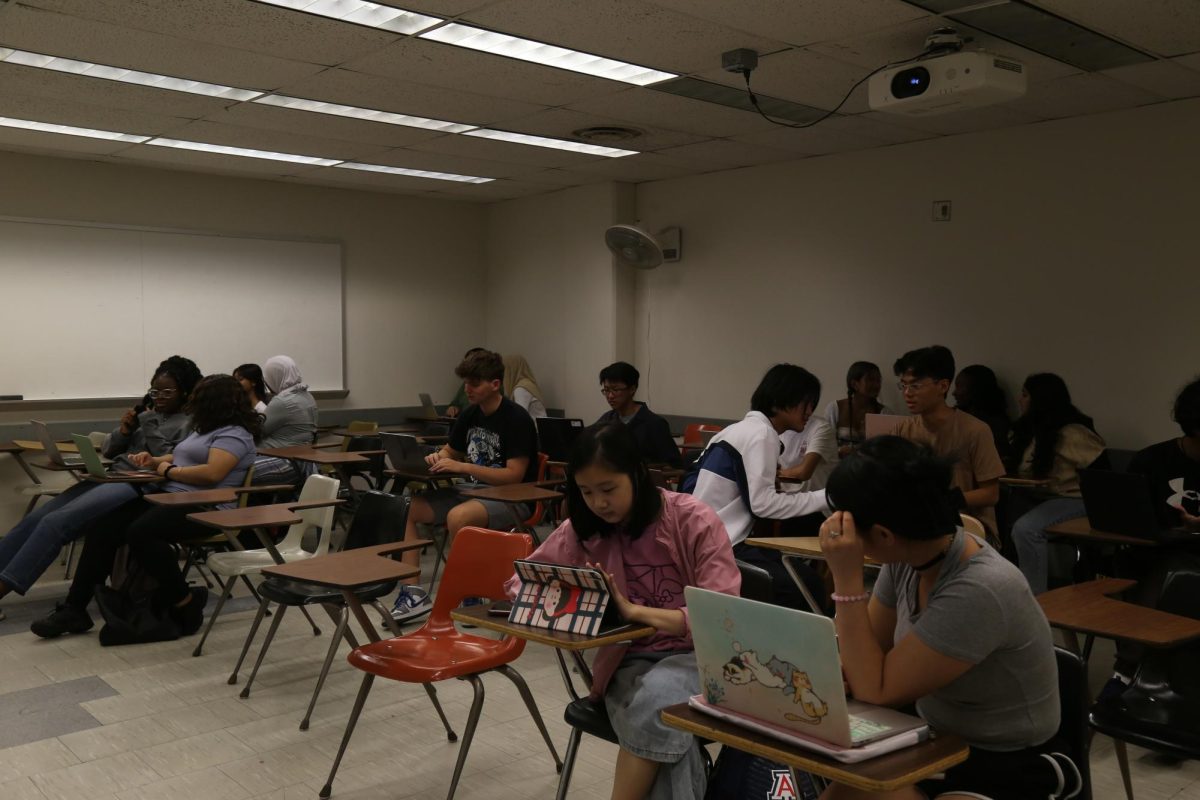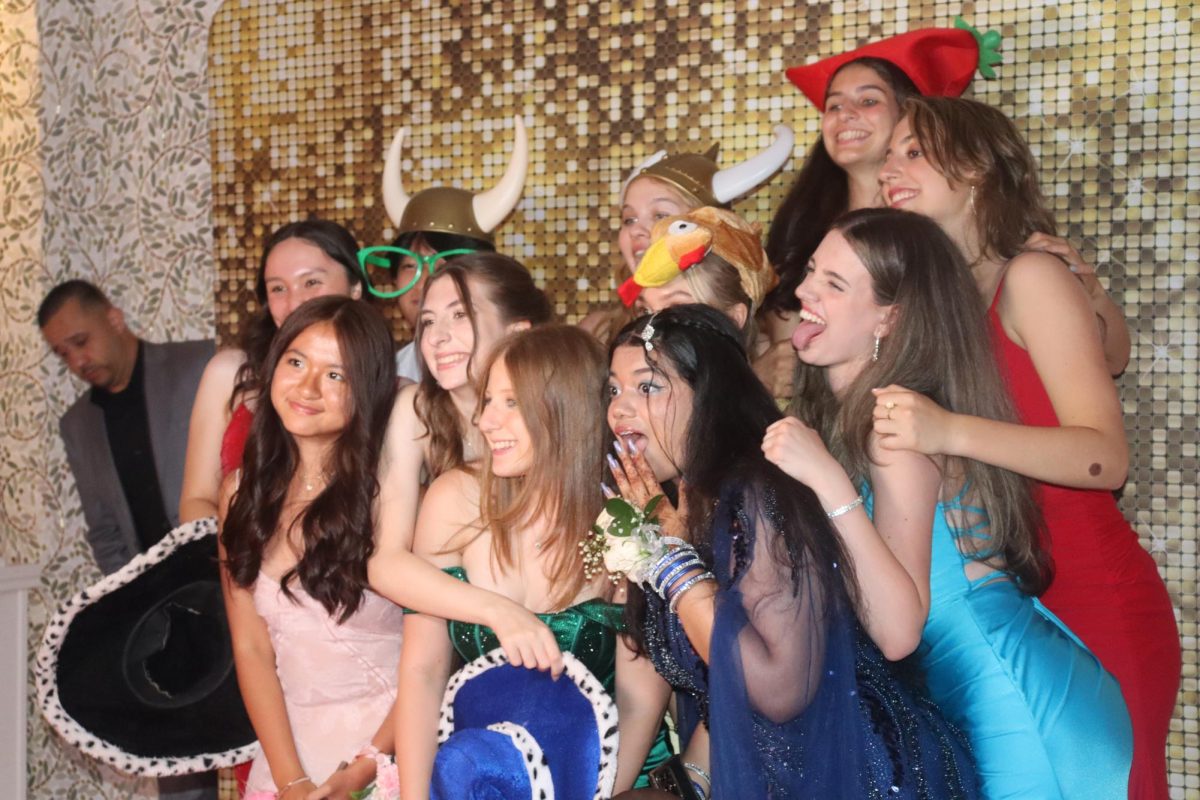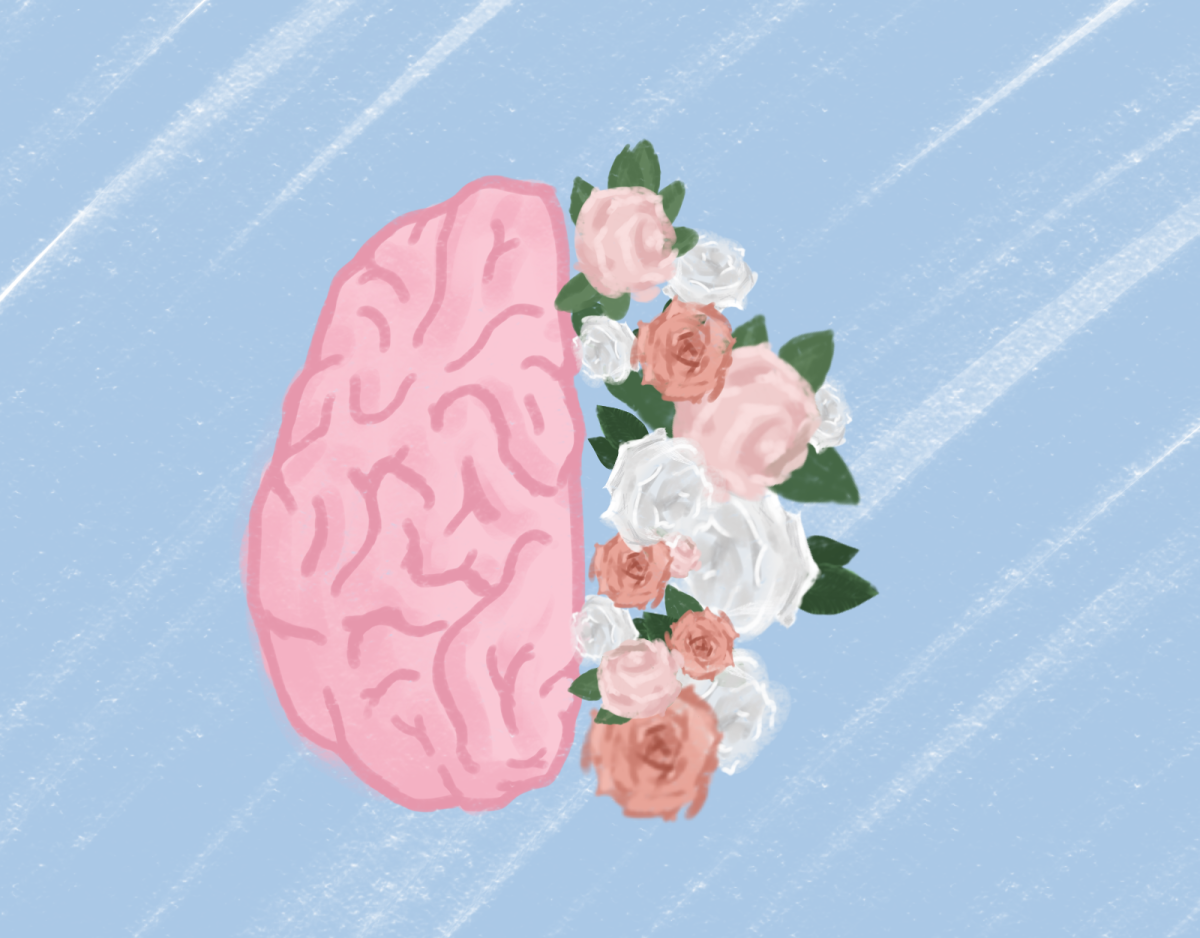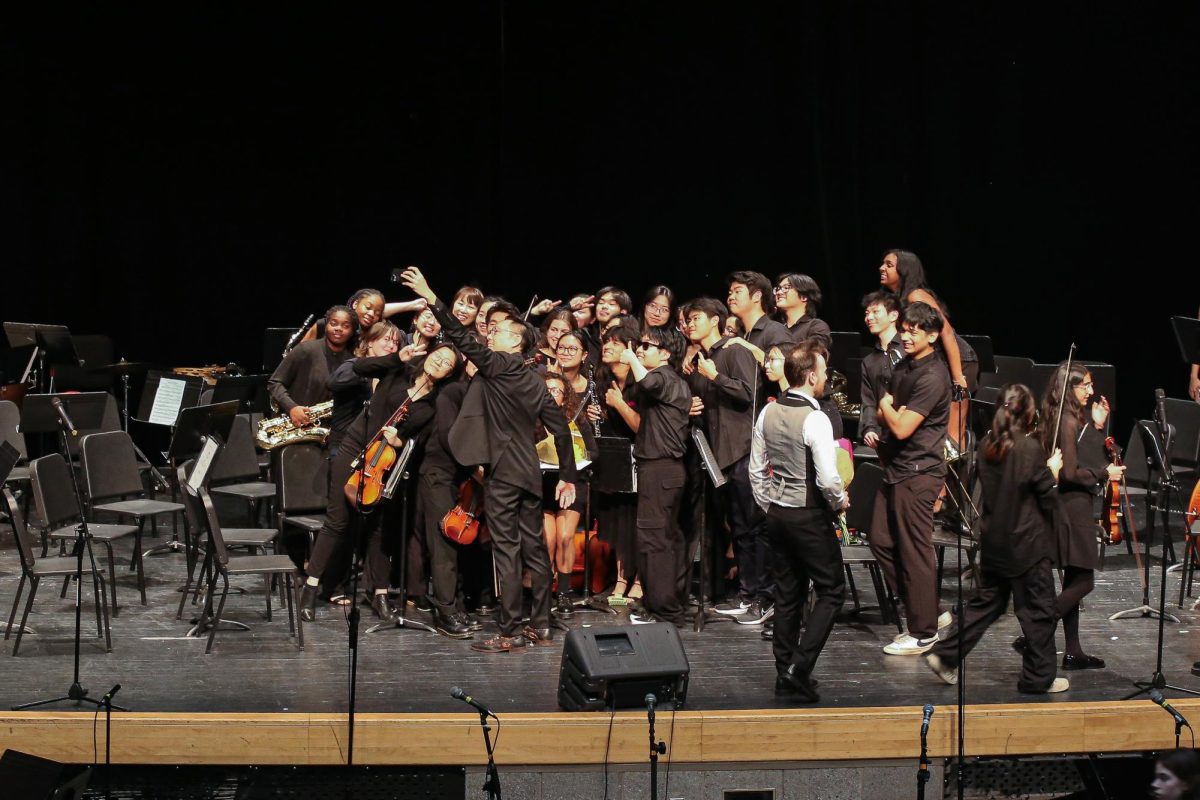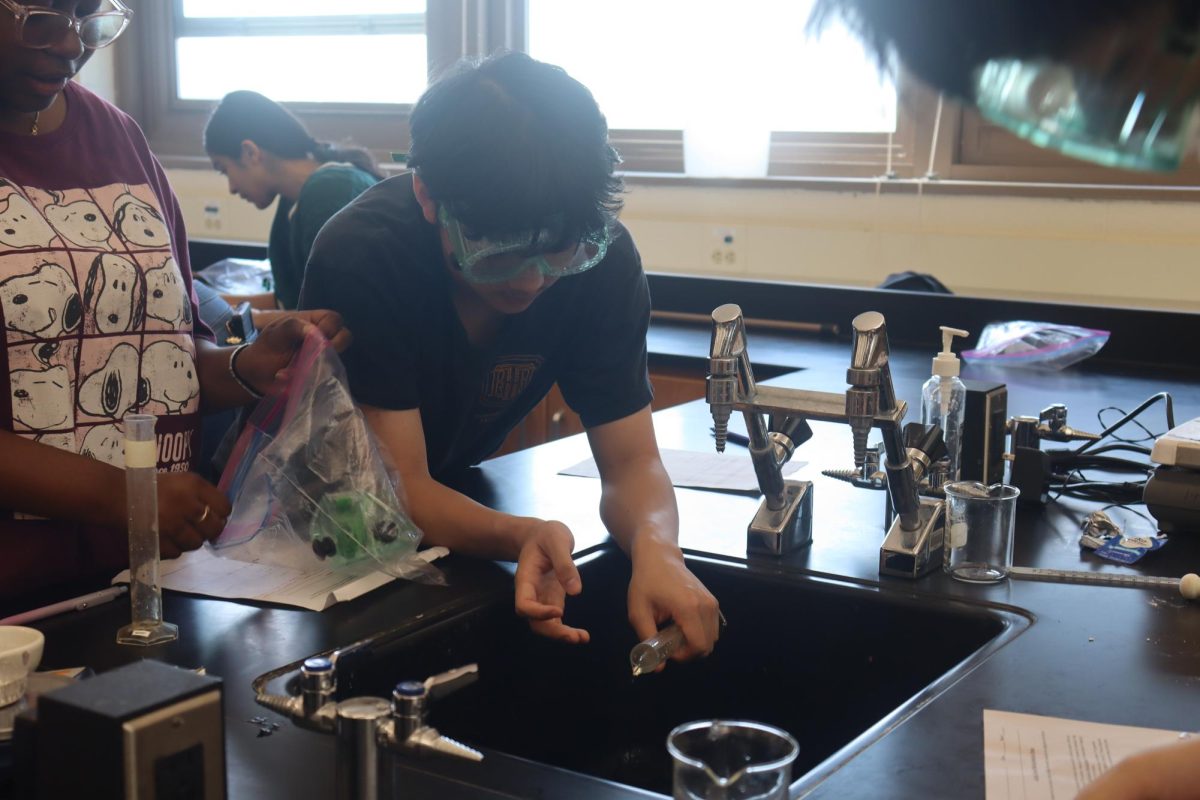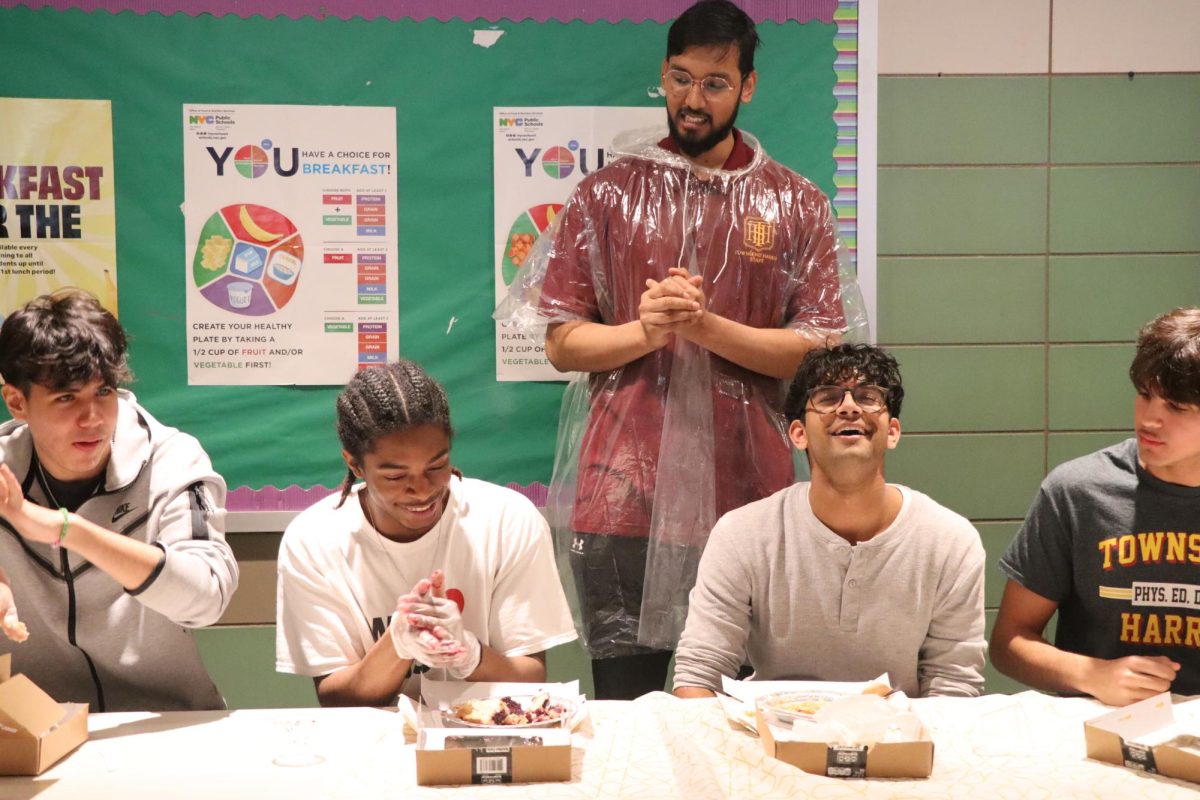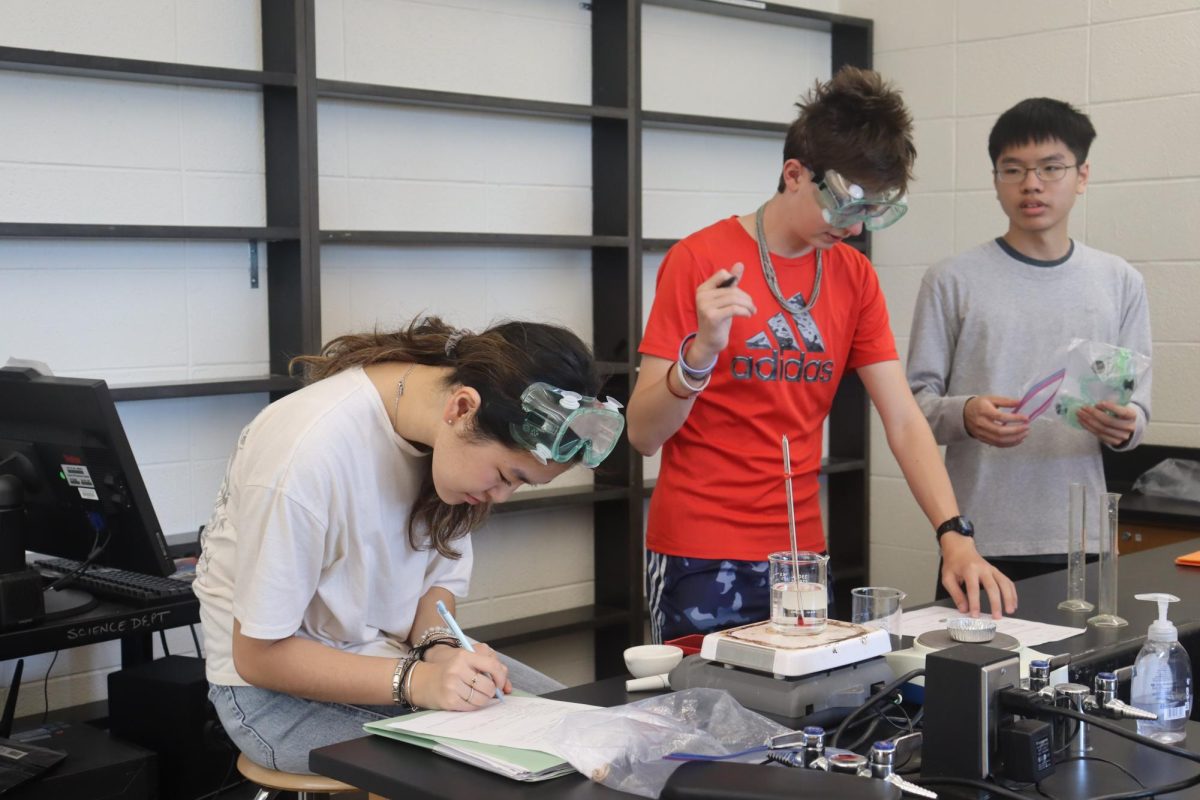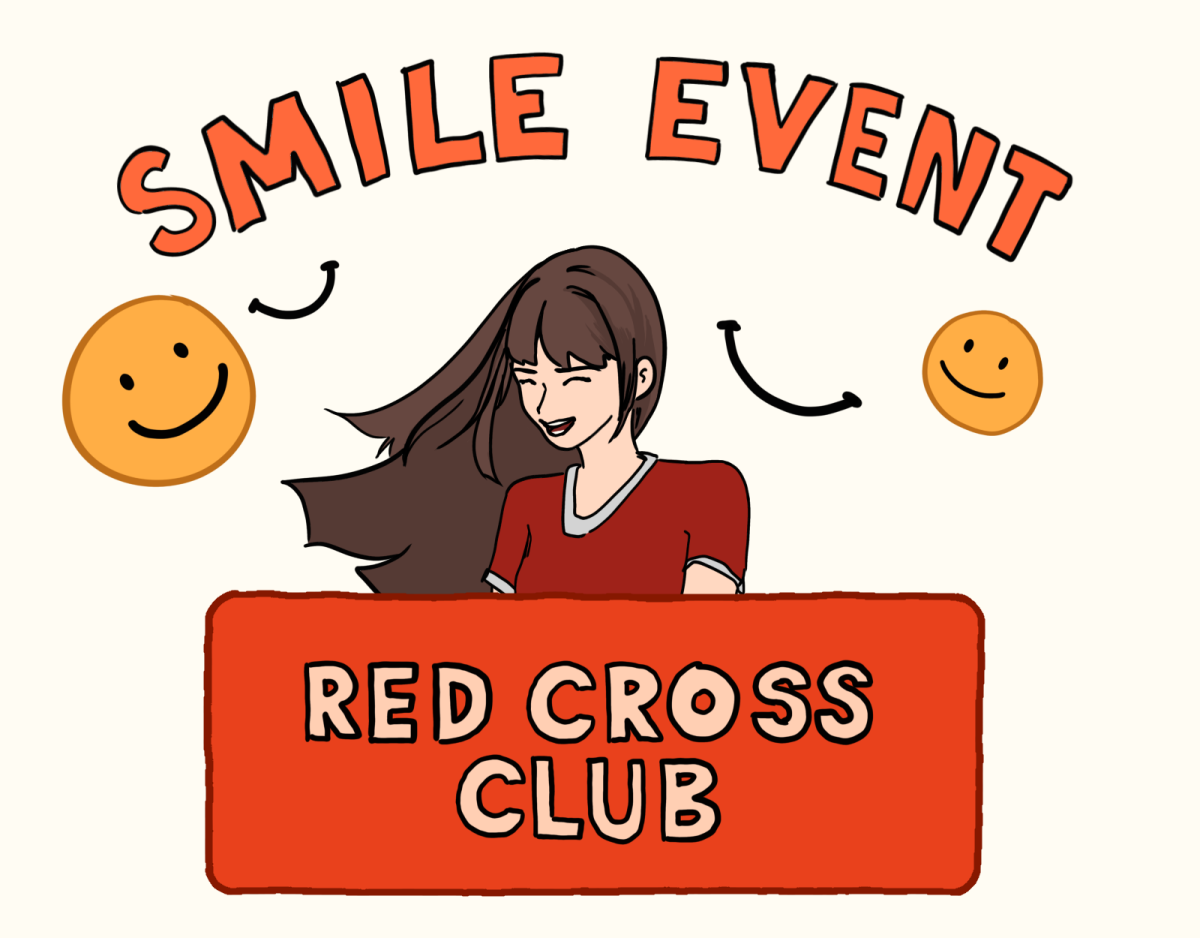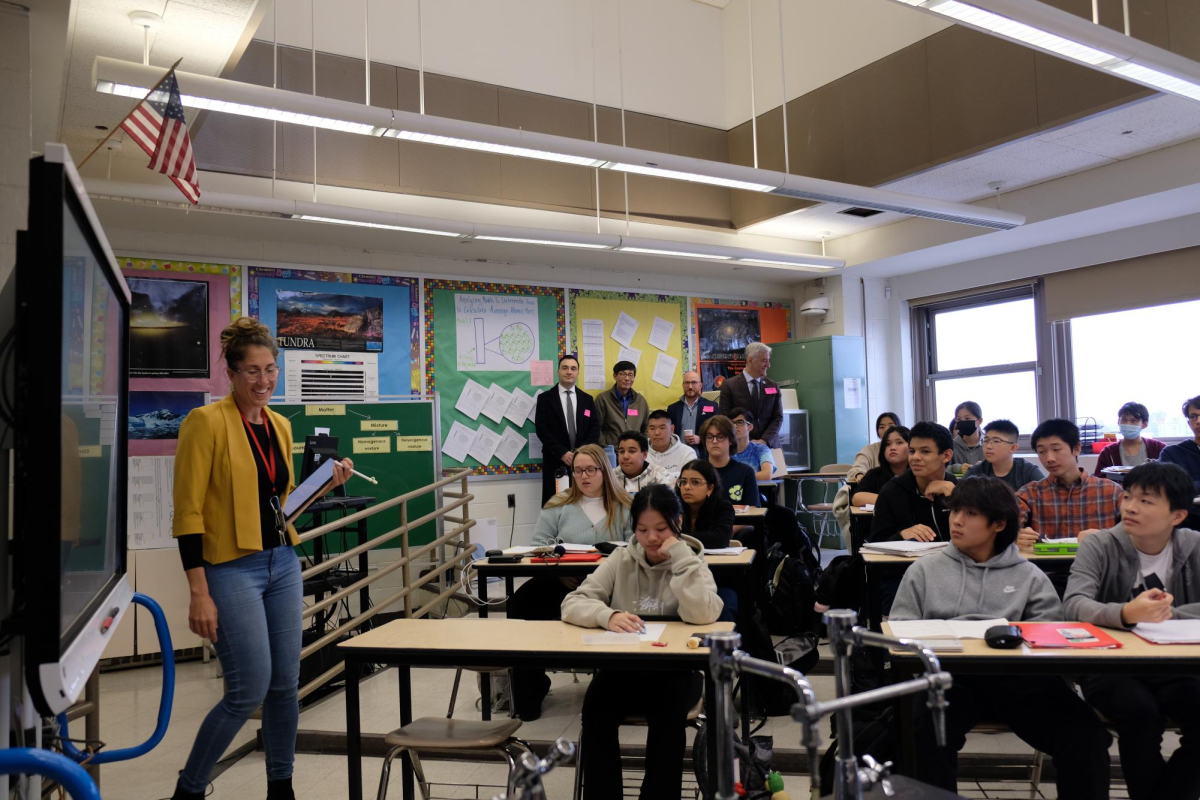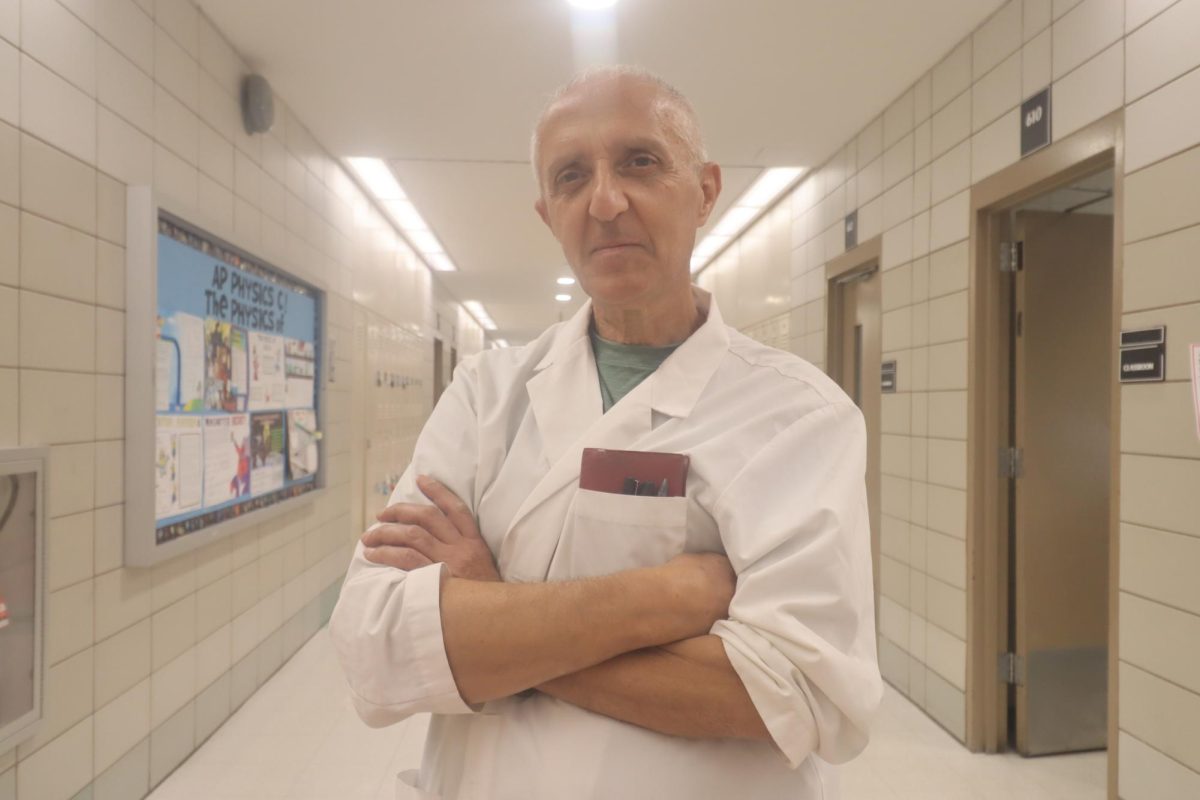
It is common for New York City students to learn about themselves as learners as part of instruction. In multiple teacher training programs across the country, teachers are taught that students learn best according to different styles of learning that uniquely suit them. When asked about the relevance of distinct learning styles in their education, students at Townsend Harris reported varied experiences with the most common learning styles.
Though the actual science behind this way of teaching is disputed, the idea is that some students learn best through visual teaching, some through auditory cues, some through hands-on activities (kinesthetic teaching), and some through reading/writing exercises. This model is commonly referred to as the VARK model. Despite experts suggesting that there is no scientific proof that teaching one way or another helps a student automatically learn better, the idea that students learn according to different teaching “styles” is ubiquitous.
While the science itself might be suspect, according to interviews with The Classic, many students have heard of the learning style theory and can identify which style suits them best.
Sophomore Emily Moy said, “I would say that I am a kinesthetic learner, as I found that doing hands-on things is the best way I could retain information. I’ve always written down notes and listened to what my teacher was saying, but I never really remembered it, so over time I just tried new ways of studying, and I found what was most effective for me.”
Sophomore Taha Alam identified herself as both a kinesthetic and auditory learner. “I learned I was a kinesthetic learner by taking objects and playing around with them to learn about a concept hands-on. It might sound a bit strange but it helps me since I have an active imagination. When it comes to remembering vocabulary or retaining information for tests, I’m more of an auditory learner since I always remember what people say or what I say when I hear it for myself vs me looking at the information and trying to remember it,” said Taha.
Junior Thaseena Anjum said she believes she’s a visual learner. “I feel like I learn best when I get to visually see something and I can write it down. I feel like it imprints in my memory better that way and I came to this conclusion based on how well I retained information for tests in these subjects.”
Despite this, Thaseena isn’t sure visual learning actually works best: “But in all honesty, I don’t know if this is the best learning style for me right now, I just know that it’s not the worst.”
Some students said that learning styles depend on the subject.
Freshman Colton Yang said, “In different subjects, I learn differently. In history class, the reading and writing of documents have helped a lot with my understanding. In Chemistry, visual and auditory help the best since Mr. Heitman primarily does his lessons on PowerPoint and by speaking.”
“For memorization-heavy classes, like Spanish and Latin, I usually just create paper flashcards as writing things out by hand helps me remember better. While reviewing the flashcards, I like to make mental connections through mnemonics to help recall the information,” said sophomore Saniha Jasrah.
Teachers at THHS have been trained to appeal to multiple learning styles.
World Language Teacher Paola Sierra said how she tailors her methods of teaching to the learning styles theory. “I make the effort of providing slides as a presentation for whatever topic or theme we’re addressing,” Ms. Sierra said. “I also make an effort to include images or pictures. …I also like to supplement my lessons with the audio of real people using the language so that the students get to hear different accents and hear the authentic language in use.”
Biology teacher Sarah Loew discussed the importance of providing students with choices and different roles where different styles come into play.
“Balancing individual needs and group dynamics can be challenging but I try to provide a variety of roles in group activities so that each person feels comfortable, supported, and valued,” said Ms. Loew. “When the Biomedical Ethics class planned the annual Henrietta Lacks Event, we had multiple committees that were in charge of different tasks such as public relations, fundraising, and spirit.”
A study by the American Psychological Association suggests that focusing too much on learning styles can lead students to study using methods that are not necessarily conducive to learning (since students see learning as something that they can’t control and only happens if done the one way that allegedly works for them).
This article from the University of Michigan also suggests that the “myth” of learning styles is harmful if students think they can only learn the one way that relates to their style. However, according to the article, the theory isn’t harmful so long as the learning styles “encourage people to reflect on teaching and learning in different ways.” According to the above interviews, students appear to view learning styles as contextual. One method might work in one area, while another might help them elsewhere. Few students or teachers seem to view learning as a fixed and unchanging process that relies solely on learning styles.

